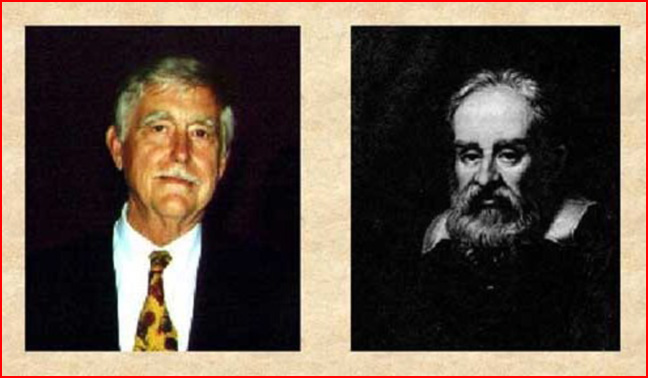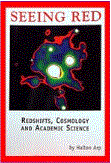|
|
||
 |
||
|
pic of the day Links:
Society for
Redshifts, Cosmology and Academic Science Order Link $25.00
|
Nov 02, 2005 Halton Arp is to the 21st century what Galileo was to the 17th. Both were respected scientists, popular leaders in their field. Both made observations which contradicted the accepted theories. Seventeenth century academics felt threatened by Galileo's observations and so, backed by ecclesiastical authority, they ordered him to stop looking. Twentieth century astronomers felt threatened by Arp's observations and so, backed by institutional authority, they ordered him to stop looking. Both refused. Both published works geared to the non-specialist when specialists would no longer take note. Galileo's paper, "A Dialogue on the Two Chief Systems of the World" , favored a heliocentric model of the solar system and undermined the accepted geocentric model. Arp's books, Quasars, Redshifts and Controversies, Seeing Red, and Catalogue of Discordant Redshift Associations, favor a steady-state model of the universe and undermine the accepted big bang model. The Church responded by placing Galileo under house arrest: his peers would not even look through his telescope and the Church judged his books heretical. The modern astronomical community responded similarly to Arp. Observatory officials cancelled his telescope time and astronomical journals refused to publish his research. How did these men create such a furor? Galileo introduced a simple new concept that changed the universe as it was known then. Arp introduces a simple new concept that will change the universe as we know it now. Seventeenth Century educators taught that the Earth was the center of the universe. The Sun, the moon, the planets and the stars revolved around it. Galileo confronted his contemporaries with a universe centered around the sun. If you had lived in Galileo's time, would you have been willing to examine his work?
Today's educators teach that the universe started from a big
bang 15 billion years ago and has been expanding ever since.
Galaxies and quasars are scattered according to their redshift. Arp
confronts us with a universe of ejected galactic families. You live
in Arp's time: are you willing to examine his work? [See Arp's lecture video, "Intrinsic Redshift," for more details of this new picture of the universe.] Available from Mikamar Publishing |
|
|
Copyright 2004: thunderbolts.info |
||

